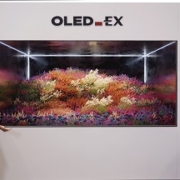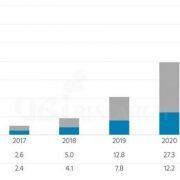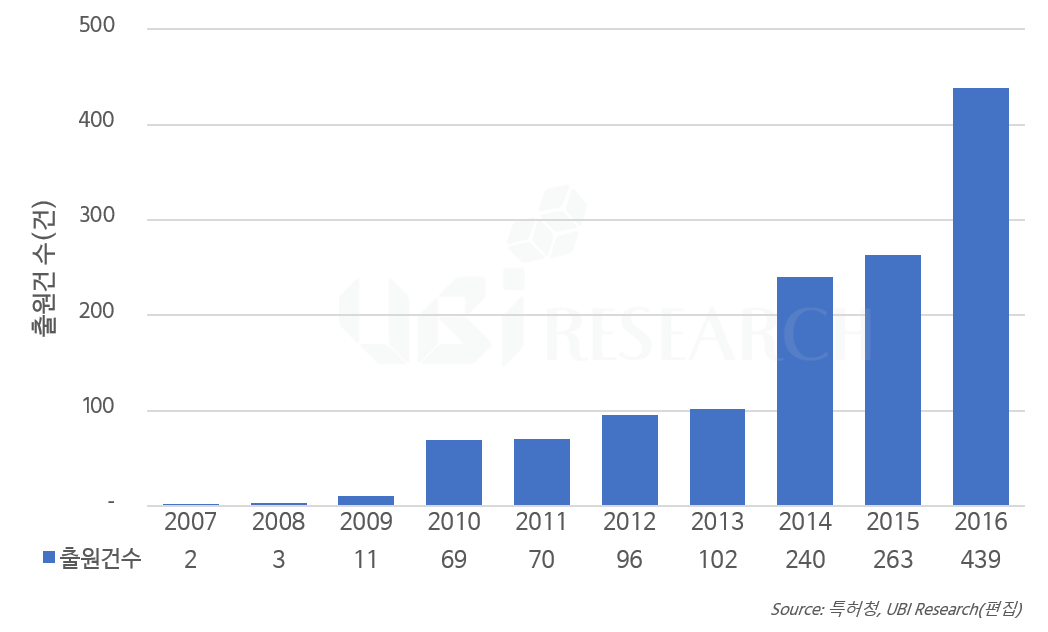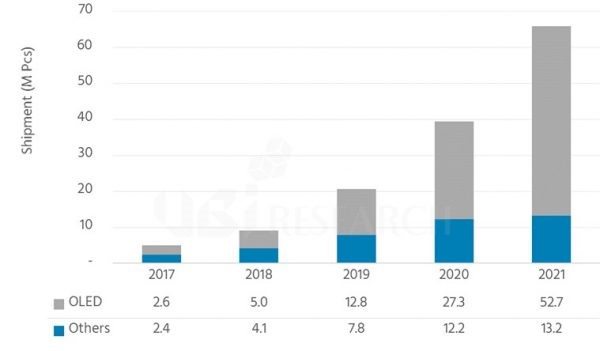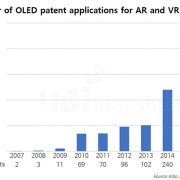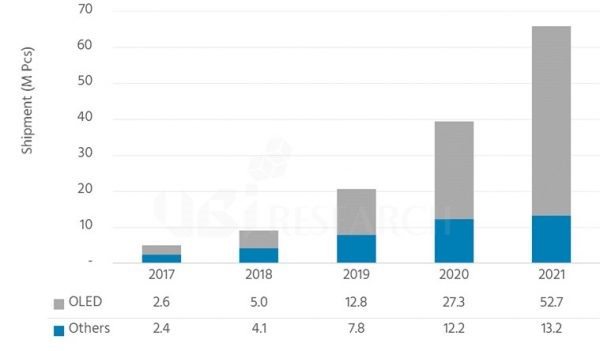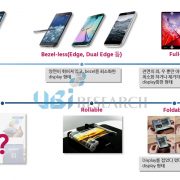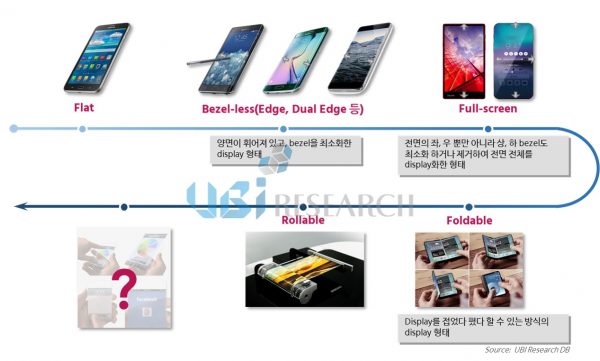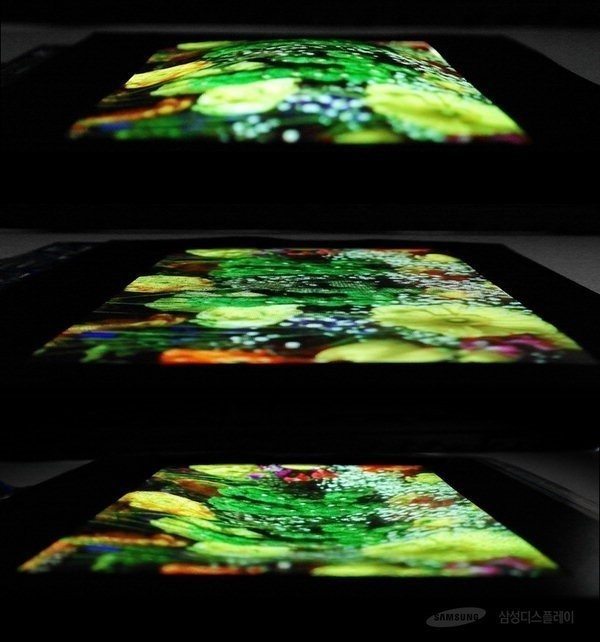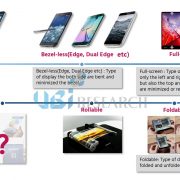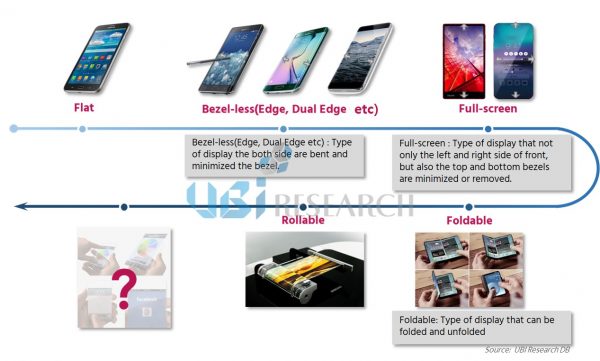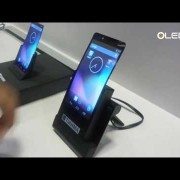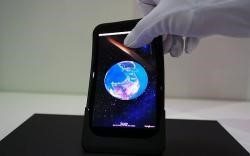LG디스플레이, ‘SID 2022’서 OLED 기술 혁신의 현재와 미래 제시
■ 10일 개막하는 세계 최대 디스플레이 전시회에 ‘OLED가 열어갈 새로운 미래’ 테마로 초대형, 벤더블, 폴더블, 차량용 OLED 신기술 대거 전시
■ ▲현존 최대 크기로 일반에 첫 공개하는 97인치 OLED.EX ▲화면을 자유롭게 구부렸다 펼 수 있는 42인치 벤더블 게이밍 OLED로 관람객 눈길 사로잡아
■ ▲앞뒤로 모두 접을 수 있는 360도 폴더블 OLED ▲대형 OLED 패널에 고감도 터치 기능 내장한 OLED 인터치(in-TOUCH) ▲세계 최대 크기로 주행 편의성 극대화한 차량용 34인치 커브드 P-OLED 등 새로운 고객경험 제공하는 OLED 기술 공개
■ 윤수영 CTO, ‘뉴노멀 시대와 디스플레이’ 주제로 기조연설, “OLED는 자연의 경험을 있는 그대로 전달하면서 환경과 조화되는 ‘내츄럴 리얼리티(Natural Reality)’에 가장 적합한 디스플레이”임을 강조
LG디스플레이(대표이사 사장 정호영/www.lgdisplay.co.kr)가 10일부터 3일간 미국 새너제이에서 열리는 ‘SID(국제정보디스플레이학회) 2022’ 전시회에서 한층 진화한 OLED 신기술을 대거 공개한다.
SID는 글로벌 디스플레이 기업과 연구진이 한 자리에 모여 새로운 기술과 제품을 전시하고 연구논문을 발표하는 세계 최대 규모의 디스플레이 관련 행사이다.
LG디스플레이는 ‘OLED가 열어갈 새로운 미래’를 테마로 97인치 초대형 OLED.EX를 비롯, 화면을 자유롭게 접고 구부릴 수 있는 벤더블(Bendable) 및 폴더블(Foldable) OLED, 터치 내장형 대형 OLED, 세계 최대 차량용 P(플라스틱)-OLED 등 OLED 신기술로 관람객들의 눈길을 사로잡는다.
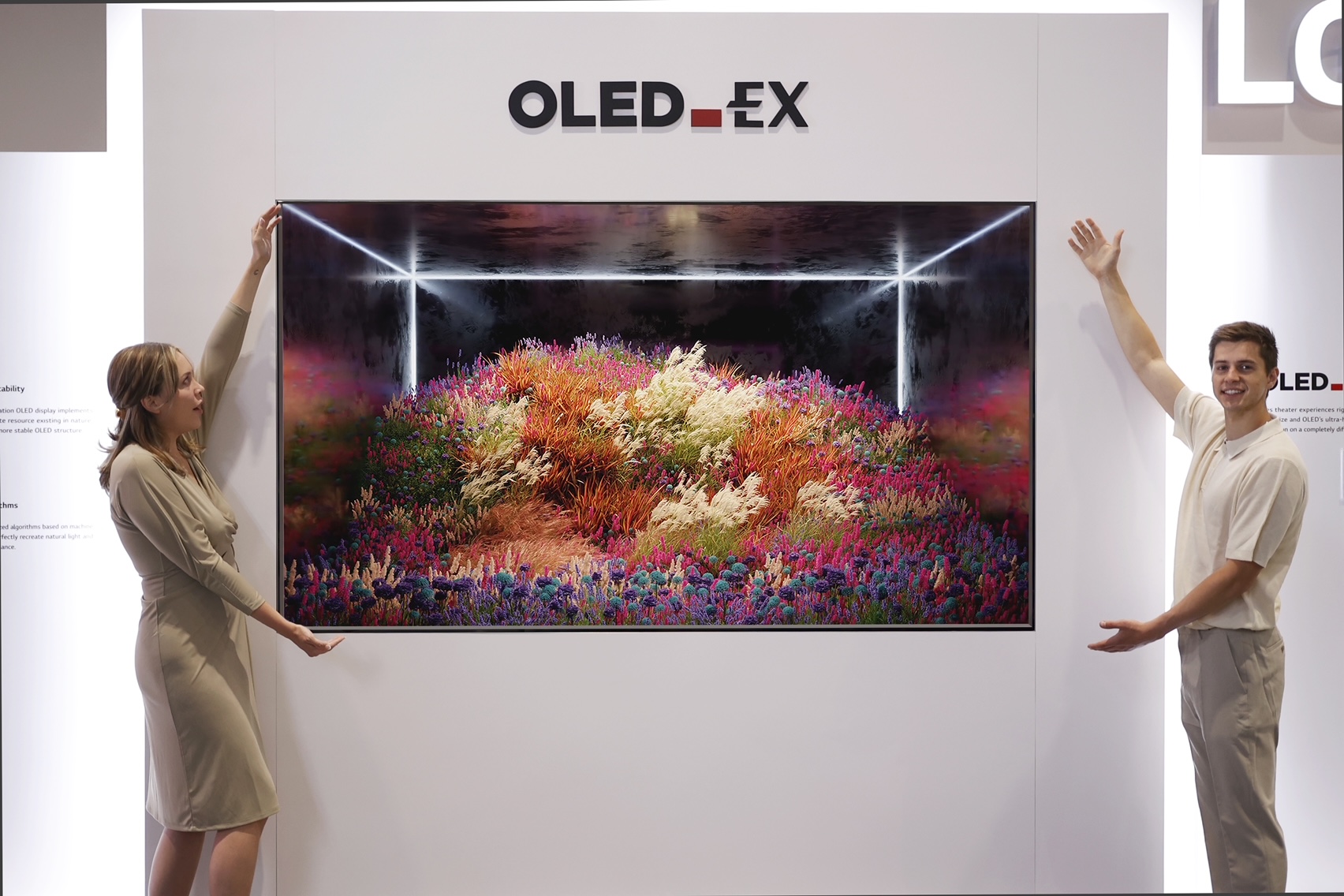
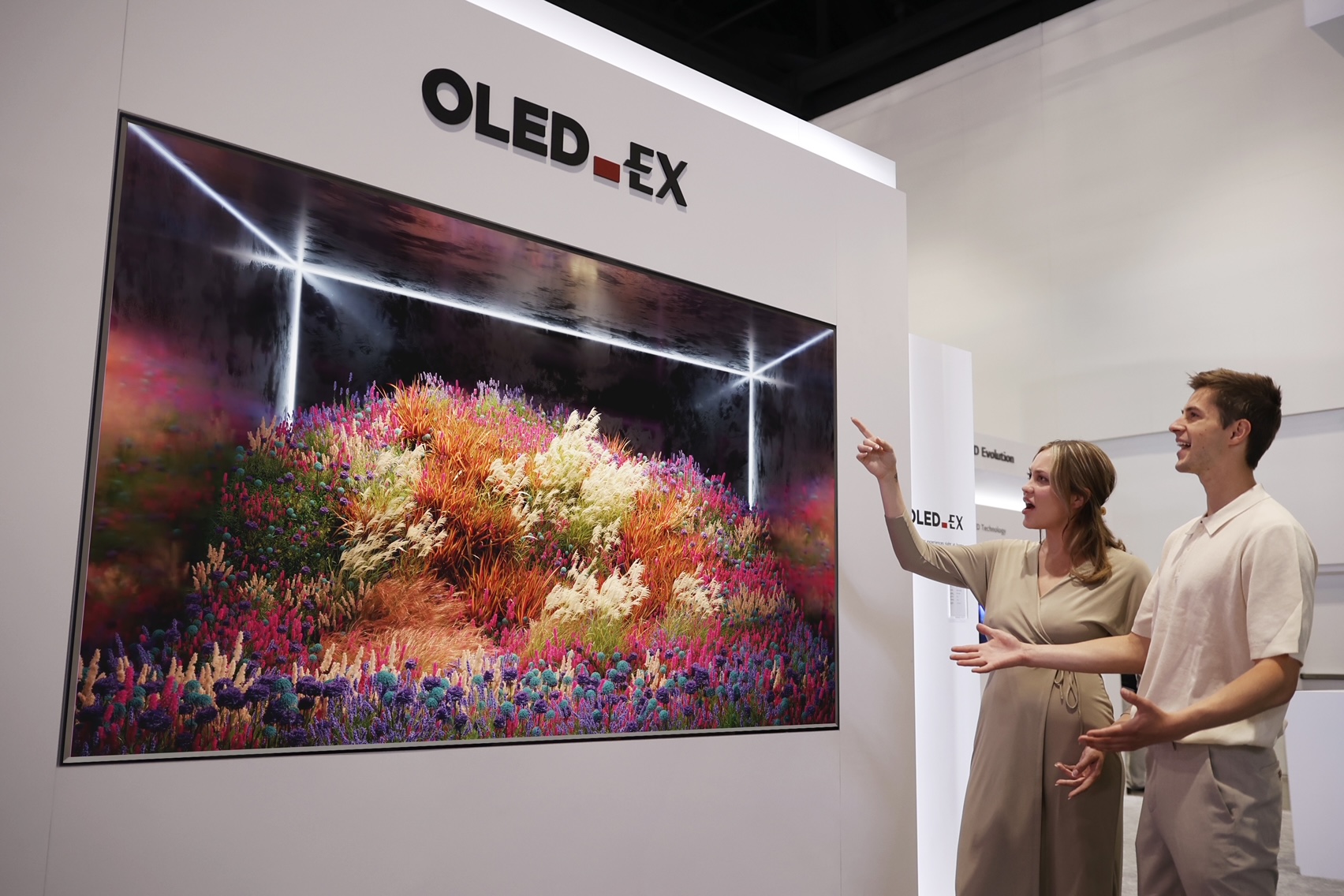
<97인치 OLED.EX: LG디스플레이 모델이 ‘SID 2022’ 전시회에 공개된 ’97인치 OLED.EX’를 소개하고 있다.>
전시장 입구에는 현존 OLED TV 패널 중 가장 큰 ‘97인치 OLED.EX’가 관람객들을 맞이한다. 일반에 최초로 공개되는 97인치 OLED.EX는 초대형 사이즈와 초고화질 기술로 압도적 시각 경험을 제공한다.
OLED.EX는 유기발광 소자에 ‘중(重)수소 기술’과 ‘개인화 알고리즘’으로 이뤄진 ‘EX 테크놀로지’를 적용하여 화면밝기(휘도)를 30% 높이고 자연의 색은 보다 정교하게 표현한다. 특히 어떠한 환경에서도 완벽한 블랙을 구현하는 차세대 TV 패널이다.
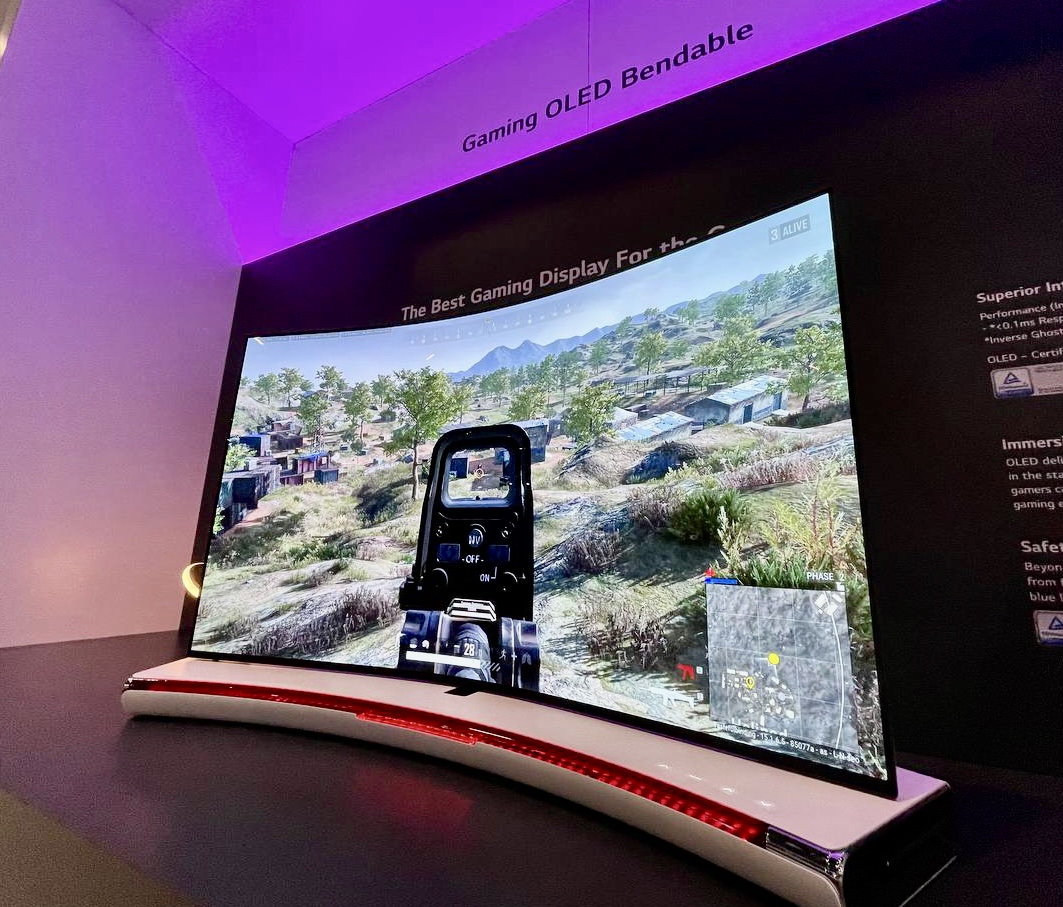
<42인치 벤더블 게이밍 OLED>
종이처럼 얇은 OLED만의 강점을 극대화한 ‘42인치 벤더블 OLED 게이밍 디스플레이’는 최대 1,000R(반경 1,000mm 원의 휘어진 정도)까지 자유롭게 구부렸다 펼 수 있는 제품이다. TV를 볼 땐 평면으로, 게임을 할 땐 커브드 화면으로 사용 가능해 몰입감을 극대화한 것이 특징이다.
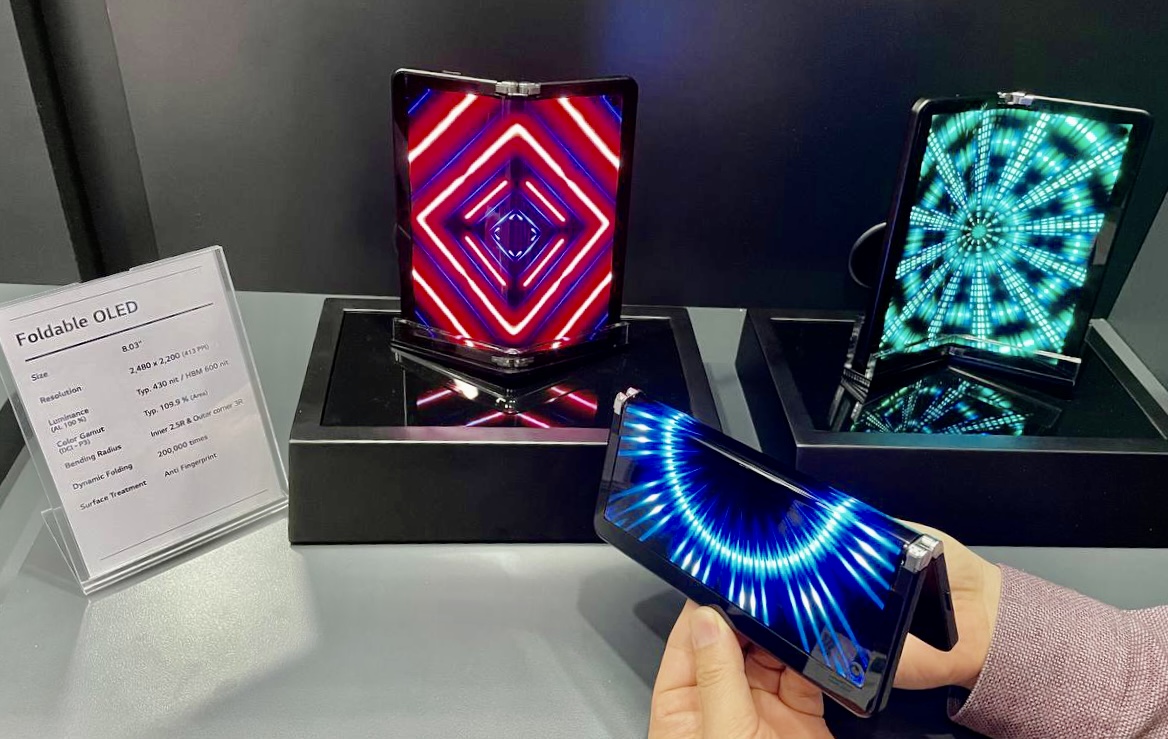
<360도 폴더블 OLED>
디스플레이 미래상을 제시하는 새로운 OLED 기술도 선보인다. 이번에 최초로 공개하는 ‘8인치 360도 폴더블 OLED’는 단방향 폴딩보다 기술 난이도가 높은 양방향 폴딩을 실현해 사용자가 원하는대로 앞뒤로 모두 접을 수 있다. 20만번 이상 접었다 펴도 내구성을 보장하는 모듈 구조와 접는 부분의 주름을 최소화하는 특수 폴딩 구조를 적용했다.
세계 최대 ‘17인치 폴더블 노트북용 OLED’는 사용자가 태블릿, 노트북, 휴대용 모니터 등으로 다양하게 활용할 수 있어 디바이스 간 경계를 허무는 새로운 고객경험을 제공한다.
상업용 시장을 겨냥해 최초로 선보이는 ‘OLED 인터치(in-TOUCH)’와 ‘투명 OLED 인터치’는 대형 OLED에 특화된 기술로, 터치 전극을 패널 속에 내장해 얇은 두께와 뛰어난 화질을 유지하면서 고감도 터치를 구현한다.
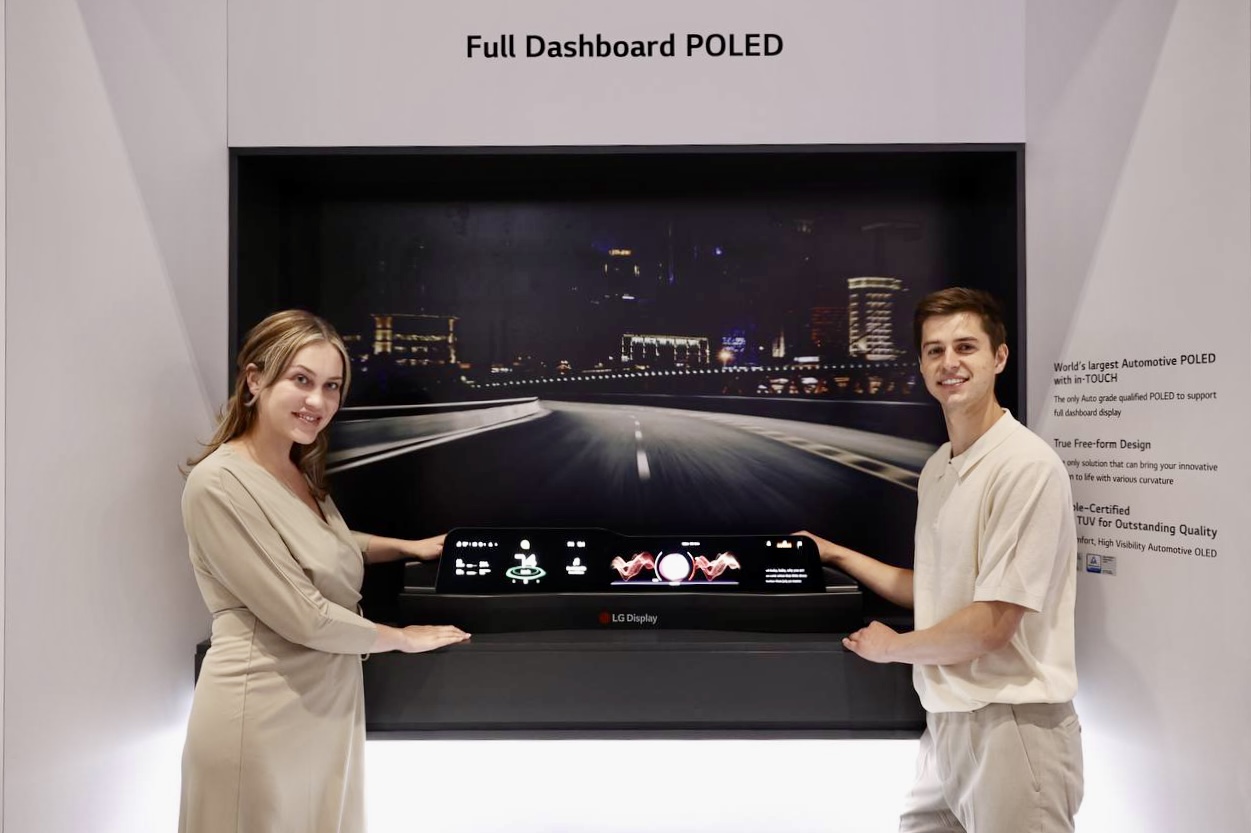
<차량용 34인치 커브드 P-OLED: LG디스플레이 모델이 ‘SID 2022’ 전시회에 공개된 ‘차량용 34인치 커브드 P-OLED’를 소개하고 있다.>
신시장 창출을 위한 다양한 OLED 솔루션들도 전시한다. 단일 패널로는 세계 최대 크기인 ‘차량용 34인치 커브드 P-OLED’는 인체공학적 설계를 적용해 최대 800R(반지름이 800mm인 원의 휜 정도) 곡률로 운전자가 계기판, 네비게이션 등을 한 눈에 볼 수 있어 주행 편의성을 극대화한 제품이다.
AR(증강현실) 글래스용 0.42인치 ‘OLEDoS(OLED On Silicon)’는 반도체를 만드는 실리콘 웨이퍼에 OLED를 적용, 3,500PPI의 초고해상도로 더욱 실감나는 증강현실을 가능하게 한다.
*PPI(Pixels Per Inch): 해상도를 측정하는 단위로 1인치 안에 들어있는 픽셀 수를 뜻한다.
인테리어용 홈 스크린 콘셉트인 ‘투명 쉘프(Shelf)’는 투명 OLED 특유의 개방감으로 인테리어 효과를 높이는 동시에 영상 감상, 아트 갤러리, 올웨이즈 온 디스플레이(화면을 켜지 않아도 시계 등을 항상 표시해주는 기능) 모드 등으로 폭넓게 활용할 수 있다.
한편, 윤수영 LG디스플레이 최고기술책임자(CTO, 부사장)는 ‘SID 2022’ 개막식에서 ‘뉴노멀 시대와 디스플레이(The New Normal and Displays)’를 주제로 기조연설을 한다.
윤 부사장은 ‘성능이 아닌 사람 중심으로의 디스플레이 패러다임 전환이 필요한 뉴노멀 시대에 OLED가 최적의 솔루션’이자, ‘자연의 경험을 있는 그대로 전달하면서 환경과 조화되는 내츄럴 리얼리티(Natural Reality)에 가장 적합한 디스플레이’임을 강조하며 LG디스플레이 OLED의 차별적 고객가치와 기술 경쟁력을 소개할 예정이다.

